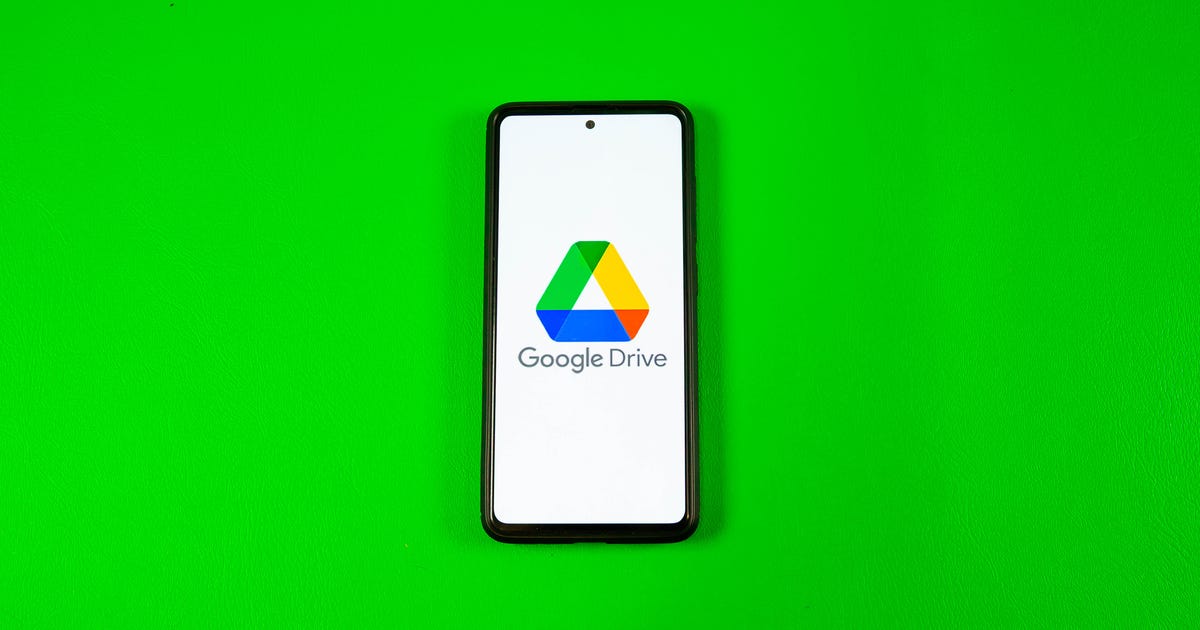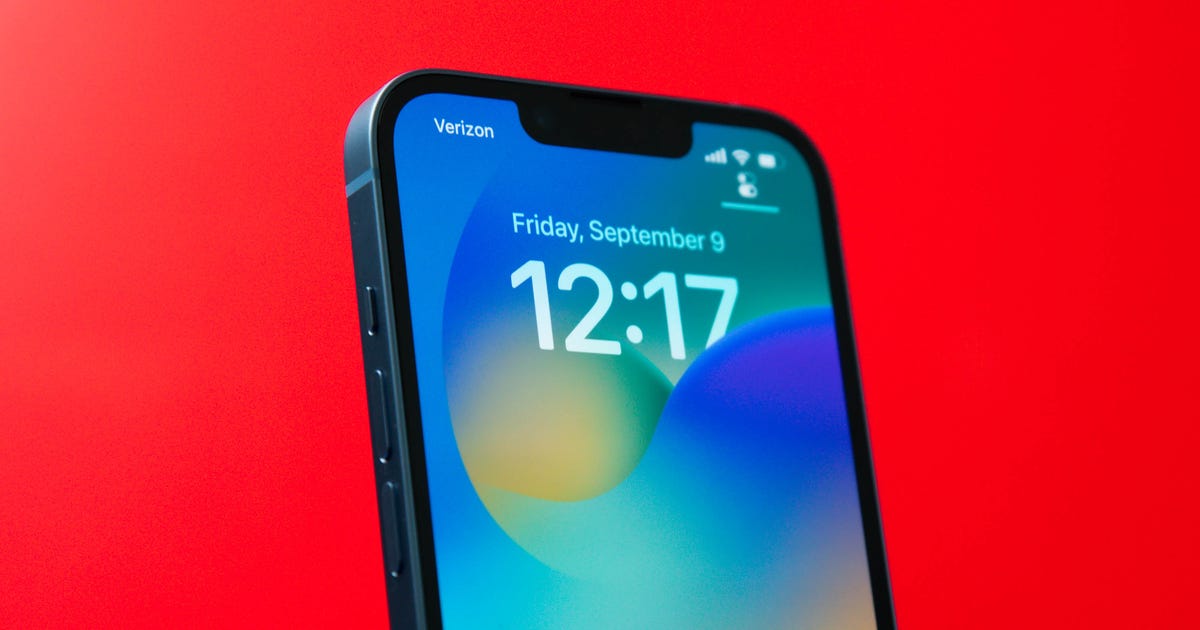 Enlarge Image
Enlarge ImageNBN
The head of NBN has taken aim at broadband naysayers, saying that the country’s broadband network is on track to deliver fast speeds to end users, and that planned upgrades will help to meet Australia’s needs in a streaming-heavy future.
Speaking at the annual ASTRA conference for Australia’s pay TV industry today, NBN CEO Bill Morrow also warned against ‘gold plating’ the country’s broadband infrastructure, saying it’s more important to get the “basics” right.
NBN, the company charged with delivering Australia’s national broadband network, has come under increasing scrutiny since the Government last year announced that it would need to deliver fast broadband speeds to all Australians by using a
This led to a nixing of previous high-speed, fibre-to-the-home rollouts in favour of a lower-cost mix of technologies, such as fibre to the node, which utilises Telstra’s legacy copper infrastructure.
Morrow today said that while many “passionate” Australian tech users were concerned about the NBN “falling behind the rest of the world,” the country was far from becoming an “internet backwater.”
“If we’re building 50Mbps to 9 out of 10 homes, is that sufficient? When you look at what else is happening around the world, when you try to forecast what on-demand streaming is going to look like, we believe that it is,” he said.
Morrow said FTTN trial subscribers in Australia had seen speeds of 100 Mbps for premises up to 400 metres away from the node and 50 Mbps for premises up to 700 metres from the node. Today he further promised that, under an MTM rollout, broadband users within 400 metres of a node would “fly” when it came to speeds.
Pointing to the overseas example of broadband speeds that users are paying for in international markets, Morrow said Australia was in line with its global peers.
“This cry for data, this cry for speed is not in practice what people are actually buying or using. And are they being limited, are they being constrained in terms of the applications? Further data suggests that they’re not.”
Morrow emphasised that it was important to deliver the broadband network to all Australians “sooner and at less cost to taxpayers.” So while speeds were a priority, this focus was also tempered by financial reality.
“Let’s be careful about using our own money, tax money, to overbuild something, to gold plate something when it’s not yet needed,” he said. “Let’s get the basics together…and pay the money as the demand actually necessitates.”
Citing the arrival of streaming service Netflix in Australia, Morrow said NBN had seen “an explosive amount of consumption on our NBN network.”
With this in mind, Morrow maintained a strong emphasis on upgrades and improvements that could help future-proof the NBN for Australia’s needs down the track, especially as users start consuming more bandwidth-hungry content.
“When you factor that with an upgrade path, we think we’re in a very good position to meet today’s and the future’s needs,” he said, adding to comments made in a previous statement that “advances in technology will breathe new life into existing infrastructure.”
He also noted that just as NBN improved, so too would video-streaming capabilities, ensuring broadband customers could continue to stream high quality content on demand.
“We see the research in terms of the algorithms and video compression technology to be able to still deliver that kind of quality video over less bandwidth,” he said.




